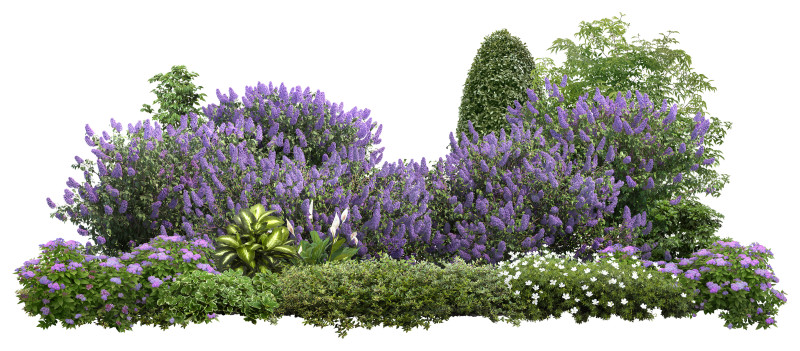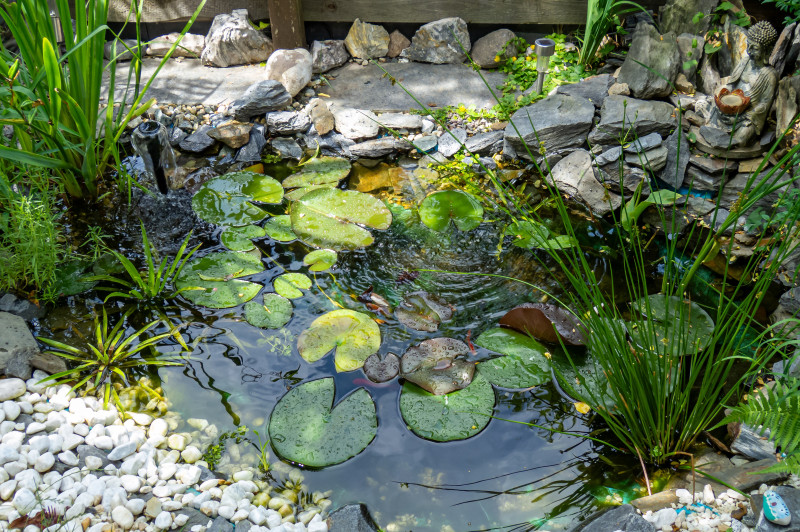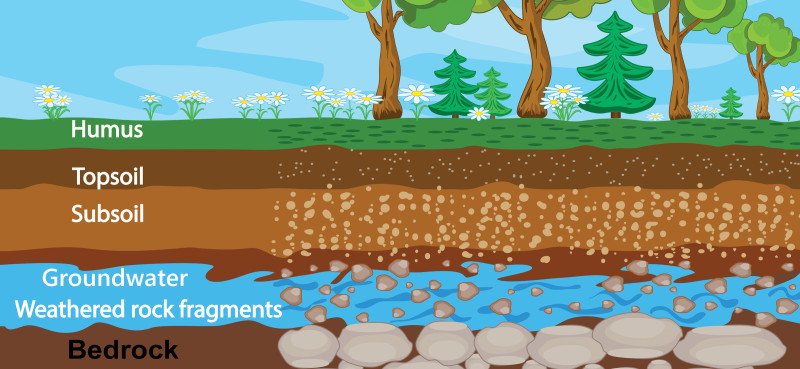A yard that lacks food for wildlife . . . lacks wildlife. Fortunately, you have the means to help those trying to survive in a world of constant human development that’s paving over their habitats. There’s a reward for your work, too, and that’s in knowing you’re doing your part—and you can do it right in your own backyard and watch the results! So, try to make it your goal for nearly every one of your plants to be a source of food for herbivores and insectivores. Some of them, in turn, will become food for Carnivores that visit, and so, all forms of wildlife will benefit.
Wildlife have high food requirements in spring and summer—not only do they have themselves to feed but their offspring, too. In winter, it’s worse. Challenged with fewer daytime hours and less food availability, they must still find enough energy-providing morsels to carry them through frigid nights and into the following morning. Sometimes the search for enough food may consume an entire day, and it’s a matter of life or death.
Here’s what to provide for herbivores and insectivores.
Plants
Choose plants that will flower at differing times of the season, so your yard always has something available. Some shrubs and trees will hold their fruit through winter, providing food after other sources are gone.
- Native nectar plants provide food for butterflies, moths and other beneficial insects through spring, summer, and fall. They also produce seeds for birds and other wildlife.
- Host plants give butterflies, moths, and other insects a place to lay their eggs. The hatched caterpillars then feed on the plants until they reach the adult stage.
- Trees and shrubs produce flowers, berries, and nuts for birds and mammals.
- Consider sharing some of your vegetable garden with wildlife. Fence part of it for yourself and leave some extra for them.
Insects
Insects are the primary source of food for some animals—for them, an insect-free yard is a barren wasteland. But, give them bugs to eat, and they’ll not only hang around but help scrub your plants of many pest insects. Birds, frogs, lizards, spiders, and some mammals, including bats and the opossum, are among those that feed on insects. Even insects eat other insects. If you have a pond, the fish will eat them, too.
Attracting them to your yard is simple: Have lots of plantings and, of course, don’t use insecticides. (Read plant tags carefully; there are now hybridized plants on the market that are genetically modified to contain insecticides.)
Bird feeders
Bird feeders aren’t strictly necessary. But if you like watching birds, you’ll add a lot to your enjoyment by drawing them out of hiding. Types of feeders
Hummingbirds and orioles readily come to nectar and fruit feeders, which are available at seed and hardware stores, or online. (Nectar feeders require maintenance: Clean them anytime you see mold forming and keep the nectar fresh.) Hummingbird nectar recipe
Suet
Suet is animal fat, and it’s packed full of energy-producing calories. In winter it helps birds carry on through punishing temperatures. In spring and summer, it gives them energy for building nests, mating and caring for their young.
Be aware that there are risks to providing suet in warm weather: It softens and can mat feathers, which reduces their insulating and waterproofing properties. It may cause disease and maintenance problems when residue falls to the ground. Also, suet isn’t necessary when other nutrient-rich sources are available. If you decide to use it in warm weather, be conscientious about keeping the area around it clean.
Any time of year, it will be popular. Suet laced with nuts, grains, and fruits is favored by woodpeckers, nuthatches, chickadees and any other animal that can get to it. Be sure to place it in a wire cage.
*Top photo: Kristine Paulus / Flickr; cc by 2.0
More reading:
Build an insect house
Insects: an introduction
Dyck Arboretum native plants list





